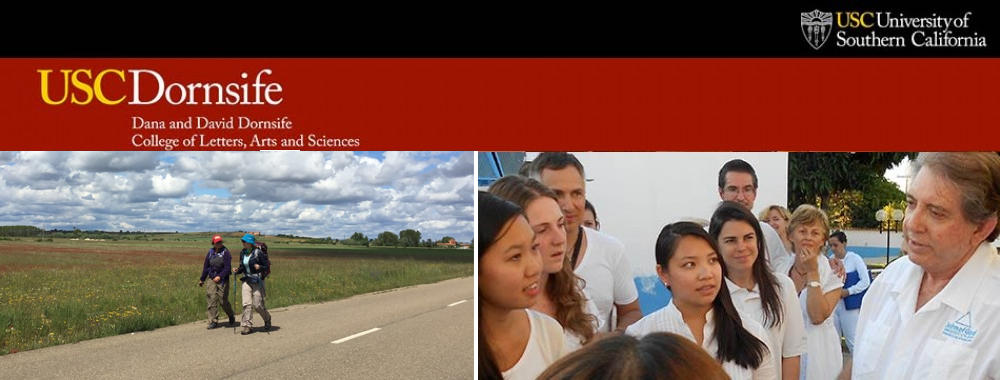
Saint James dressed as the Pilgrim to Santiago with the shell on his hat.
While walking the Camino de Santiago I asked pilgrims about what they knew of the history of the Camino. I assumed that in medieval times people knew the story of St. James (his preaching, his martyrdom and the transfer of his body by his followers). Today I found few pilgrims who knew the sacred legends of the Camino.
Now, when asking people about their knowledge of the history or roots of the Camino, the answer rarely extends beyond “Saint James walked this route!”. Or as one 26 year old British woman said “I don’t know anything at all about the history of the Camino, besides that in England it’s called the Way of Saint James.” She also added one piece of knowledge that Compostela means “field of stars”.
It’s curious that although the rates of people doing the Camino have gone up thousands every year recently, the majority of pilgrims I’ve talked to so far know the bare minimum, or nothing at all about the sacred history of St. James. From 278,232 pilgrims receiving their compostelas in 2016 to 301,036 in 2017, it is clear that the tally will be even higher at the end of 2018. This leads me to wonder at the marketing, the reasons people are walking the Camino, and what their thoughts of the Camino are. Is the structure and form of the Camino changing. Because what is the Camino, besides the people that are walking it? What matters more, takes precedent for identity, the thousands of pilgrims walking, or the reason for the walk in the first place?
Only one pilgrim, a 38 year old American man, knew about the history of the Camino. He knew the roots in Catholicism, that it was through the church and semi-recently the European Union has popularized the Camino. He knew that St. James’ remains are supposed to be at the end, and that his followers brought him.
Besides that, there was a shocking lack of common knowledge on the history of the Camino, the history of the “moor slayer” (which no one had heard about) and the original rules and reasons surrounding the Camino.

St. James in his guise as the Moor slayer in the church in Tui. The legend says that St. James was invoked in a battle against the Moors in the Spanish crusades. St. James appeared on a white horse in the clouds and led the troops to a victory.
However, one 40 year old American woman from Washington DC said that while visiting Fatima the tour guide told her about the Camino and described it as a “spiritual journey”. Perhaps this is the essence of the Camino, and the most important aspect that one needs to know coming into it. It is a journey of self, a reflective experience that ties one to the Camino whether or not the reasons or knowledge are the same as they were a thousand years ago.
